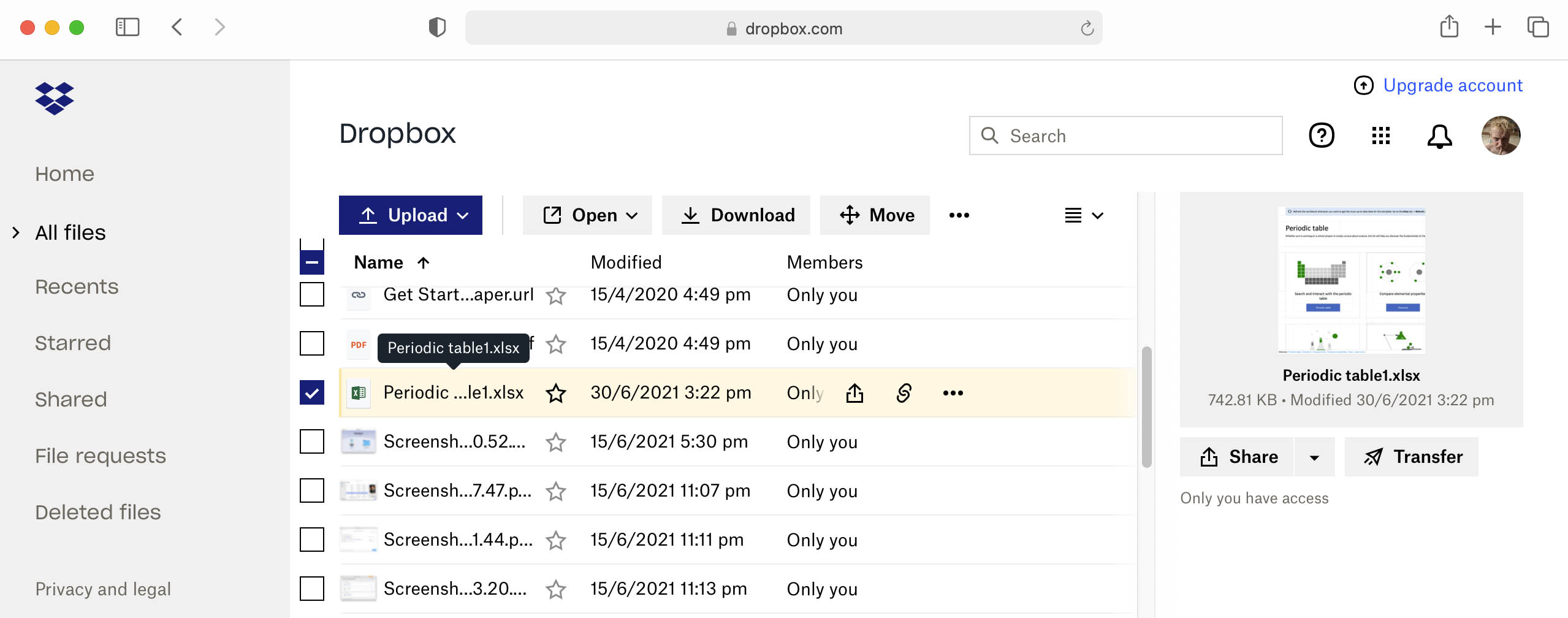
- #Search for excel files in mac how to#
- #Search for excel files in mac for mac#
- #Search for excel files in mac full#
Use & for only the File Path, and & for only the File’s name. Choose Insert > Header & FooterĪll you need to do is the click on the File Path, File Name icons.ĪLternatively, if you want to type it yourself, simply type the following in the header or the footer in Excel: If you wish to display the file name and/or file path in the Excel sheet’s header or footer, then it is extremely simple. In this formula, we remove the Sheet Name, which starts with the [ character.ĭisplaying File name, File path in Excel Worksheet Header or Footer Just use this to get only the file’s path in Excel While writing macros in Excel, you may need the file’s path only, to pick up other files, or for any other reason. To Get Most out of Excel, Learn the Pivot Table techniques in our Online Training on Basic / Intermediate Excel. Learn the Key Features of Excel Quickly & Easily, by Joining the
#Search for excel files in mac for mac#
Any Excel for Mac version, including Excel X for Mac, to Excel 2004, 2008, 2011 for Mac also work fine in displaying the filename.įor example, for a file on Mac with the path HD:Users:local:Desktop, the formula returns This formula to display the filename in Excel also works on the Mac.

#Search for excel files in mac full#
This error will disappear automatically once the file is saved, and the error will be replaced with the correct full file path name, and file name. If you just open a new workbook, and try these formulas, you will get a #VALUE ERROR. Keep in mind that the file should be saved somewhere. To only print the File name, you can use this long formula: Returns “()” at the end of the text value if the cell is formatted with parentheses for positive or all values.ĭisplay only the File Name, without the Sheet Name Returns “-” at the end of the text value if the cell is formatted in color for negative values. The text values for the various formats are shown in the following table. Text value corresponding to the number format of the cell. Returns empty text (“”) if the worksheet that contains reference has not yet been saved. Value of the upper-left cell in reference not a formula.įilename (including full path) of the file that contains reference, as text. The value 1 if the cell is formatted in color for negative values otherwise returns 0 (zero). Reference of the first cell in reference, as text. The following list shows some of the possible values of the info_type argument and the corresponding results. A text value that specifies what type of cell information you want to return. So, if you write =CELL(“filename”) in any cell, you will get the Full Path name of this Excel file, along with the Sheet Name.įor example, I got the filename displayed as below: D:\Sheet1Īccording to the Excel Help, the CELL function has the following arguments: The CELL Function takes a maximum of 2 arguments, and only the first one is mandatory. The CELL function can help us to display the address, color, format, type or width of any cell.

I bet you didn’t know about this in-built Excel Function… One useful formula that can assist us is the CELL formula.
#Search for excel files in mac how to#
How to Write a Formula that will Display the File Path in Excel, automatically. With this option, the file path always gets printed on paper. It is a good reference to make sure you are working on the correct file, and is also good if you print out the Excel. Not just the file name, but the entire path of the file. Many a times, it is good to Display the location of the file in Excel.


 0 kommentar(er)
0 kommentar(er)
